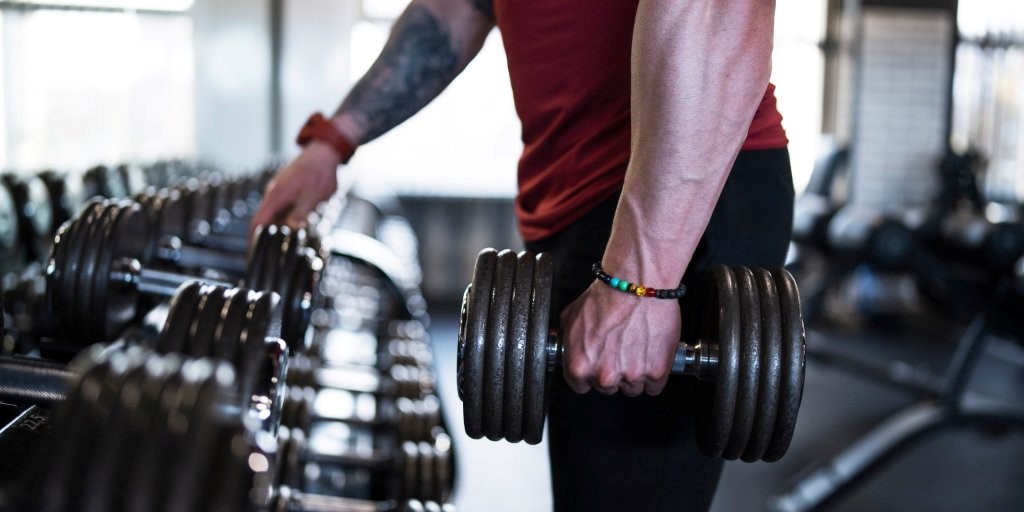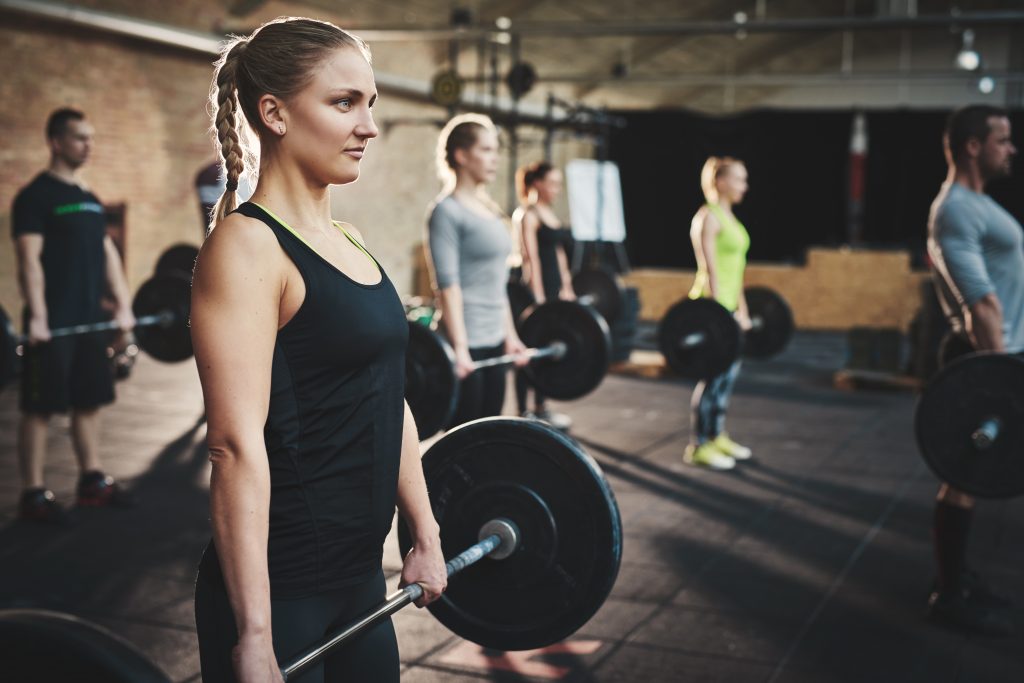
As restrictions ease and gyms reopen, many of us are keen to return to our pre-Covid exercise regime. However, before we dive straight back into our gym workouts, we need to be a little cautious. This is because during isolation many of us will have become a bit de-conditioned – i.e. lost a bit of fitness and strength. This is due to doing less exercise and being more sedentary, especially those of us working from home.
When we exercise less, our physical condition declines, which increases our risk of injury. So how do we return to the gym safely? Here are a few things to consider before rushing back to the gym.
What Are The Risks As We Return To Gym Exercise?
Our bodies respond to what we do with them, and how we load or stress them. When we exercise regularly, we get fitter and stronger; When we stop being active, our physical condition declines. This is known as “de-conditioning”.
De-conditioning, also known as de-training, can happen quickly. Even if you did some home workouts during lockdown, your body may not spring back as you might expect when you step back into full loading at the gym. This may be a consequence of not being able to do your workouts at your usual intensity or full weight loading. Some studies show de-conditioning can occur after just two weeks of not training using your normal weights and intensity. This de-training effect can reduce your muscle strength, size, and endurance.
Being aware of de-training is important because it can lead to injuries if you try to jump straight back into your previous exercise routine after a period of no training or decrease in training load. When you return to the gym you may feel that your muscles are tighter or stiff, your strength may be down, or you may be breathing harder than you used to doing the same workouts. These are all normal responses and will improve after a few workouts.
Tips For returning To The Gym After Lockdown Or A Break Due To Injury
It is advised that whether you’re returning to the gym after a break or kicking off a new exercise routine post-lockdown, you should consider talking to an accredited exercise professional for individualised advice to gradually introduce exercises and intensity of workouts to reduce your risk of injury.
Ease Into It

To prevent injury, it is recommended to ease back into your exercise routine. Consider reducing your intensity or load to 70-80% of your pre-Covid efforts initially and build up over a few sessions or weeks. For example, if you used to squat 70kg, consider starting at 50kg and gradually build up from there. Listen to your body and its ability to take on load or stress (exercise) when you return.
Although you may be excited to return to the gym, it is important to prioritise recovery to prevent injury. Remember it has been a while since you have attended the gym so having a rest day between sessions and reducing reps and sets can all help for recovery and injury prevention.
Play The Long Game
Many of us are thinking about losing the few iso kilos we have put on or trying to get back to your previous level of training or fitness. It is important to not rush back into it. Have the long game in mind and understand it will take time to get you back to where you were prior to facilities shutting down. So be patient, there is no need to go nuts when you return. Getting back to shape is marathon not a sprint!
Treat Any Niggles

During isolation you may have been working from home and not have an ideal work setup or you may have taken up a different type of exercise as the gyms were closed. Make sure as you return to the gym that if you feel any niggles get them checked out by your physio. Injury prevention is key, and you do not want your niggle to become a full-blown injury.
Should I Train With Pain?
If you do get pain during training, STOP. Pain does not always equal tissue damage, but it is a sign that something may not be right. Training whilst having pain can cause the body to compensate and change how it works. This can lead to changes in muscle activation or movement as your body tries to find a way to move without pain. This may be ok short-term, however, long term compensations can often cause more problems in the future. If you experience persistent pain while exercising you need to get it checked out and corrected.
Kay Foong, Accredited Exercise Physiologist

This article was written by Kay Foong, one of our exercise physiology team. She has a Masters in Exercise Physiology as well as a Bachelor of Exercise and Sports Science from the University of Sydney. Coming from an elite swimming background, Kay really understands how to balance the demands of training and recovery, including how to get back into your program safely after a break due to injury or isolation.
As well as working with clients one-on-one in our Central Performance gym in Surry Hills, Kay is also one of the main coaches for our small-group fitness program. Feel free to contact Kay for more information about getting back into the gym safely after time out due to COVID isolation or injury.

